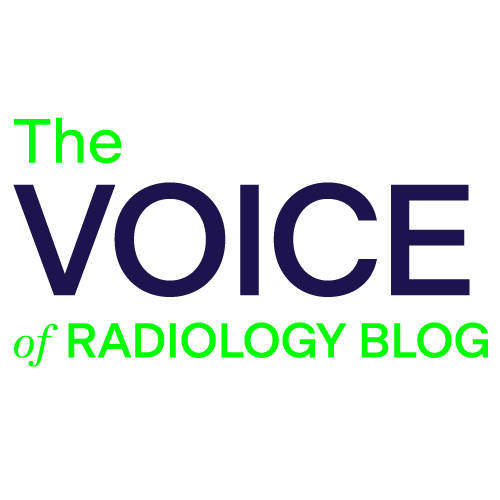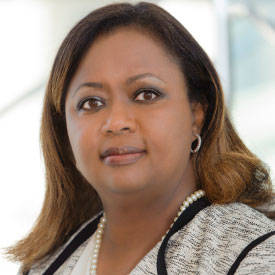Sarah M. Friedewald, MD, FACR, Vice Chair of Clinical Operations and Women’s Imaging and Associate Professor for the Department of Radiology at Feinberg School of Medicine, Northwestern University, contributed this post.
Much of healthcare was disrupted during the COVID-19 shutdown in 2020, not the least of which was breast imaging. According to an article published in the Journal of the American College of Radiology, mammography was down by 59% at the beginning of the pandemic and reached a 94% decline at one point in the summer. Facility decisions regarding which patients to image were supported by the joint statement published on March 26, 2020 by the American College of Radiology® (ACR®) and the American Society of Breast Surgeons recommending immediate cessation of all screening examinations, to limit the spread of SARS-CoV-2. Triaging patients to be seen immediately depended on many factors, largely revolving around diagnosing and treating patients that were highly suspicious or had already been recently diagnosed with breast cancer.
Resumption of routine breast imaging did not occur until late summer, when the numbers of patients diagnosed with COVID-19 reached manageable levels. Guidance for re-entry published by the COVID-19 Pandemic Breast Cancer Consortium helped facilities safely bring patients back into the clinic. However, the challenge of finding spots for these displaced patients was felt by many facilities across the country. At many sites, when screening resumed, schedules were at reduced capacity to accommodate in-between patient room cleaning and to reduce overcrowding. Adding these additional postponed slots on an already contracted schedule lead to many patients skipping their yearly mammogram altogether.
There will likely be a drop in scheduled appointments from March to May of this year, as patients were not screened at this time last year. This is a prime opportunity to capture the patients who missed their 2020 screening due to COVID-19. Or, alternatively, reaching out to patients that have never had a mammogram and encouraging them to schedule during this spring could be a chance for facilities to maximize their care to patients. Anecdotally, we have already seen unfortunate cases where the delay in screening resulted in delays in breast cancer diagnoses. Data will likely confirm this fact as time progresses and long term outcomes are collected.
It has been demonstrated that it is safe for patients to have mammograms and technologists to perform mammograms with the proper personal protective equipment and sound cleaning techniques. As we approach spring, I urge you to encourage those who are behind on their screening and/or those who are fearful of coming into the breast center to #ReturnToCare and seek their annual mammography screenings. Our outreach is critical to decrease the negative impact of COVID-19 on our patients.
- Access the ACR Return to Mammography Care toolkit, a series of free, customizable and downloadable resources to help you and your referring providers reconnect with women ages 40 and older to schedule yearly mammograms postponed by COVID-19.
Please share your thoughts in the comments section below and join the discussion on Engage (login required).


